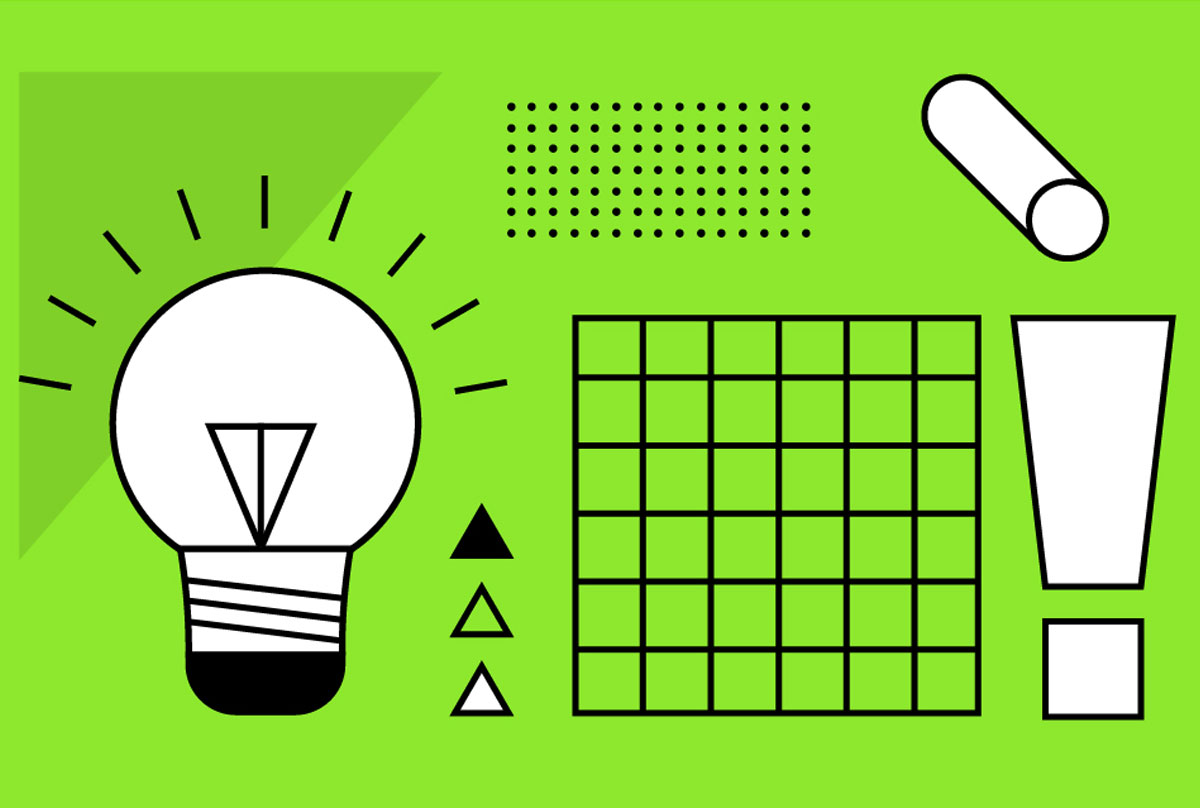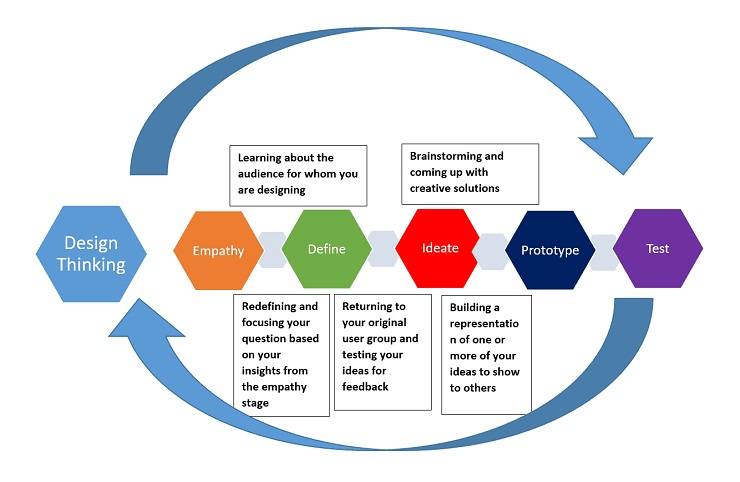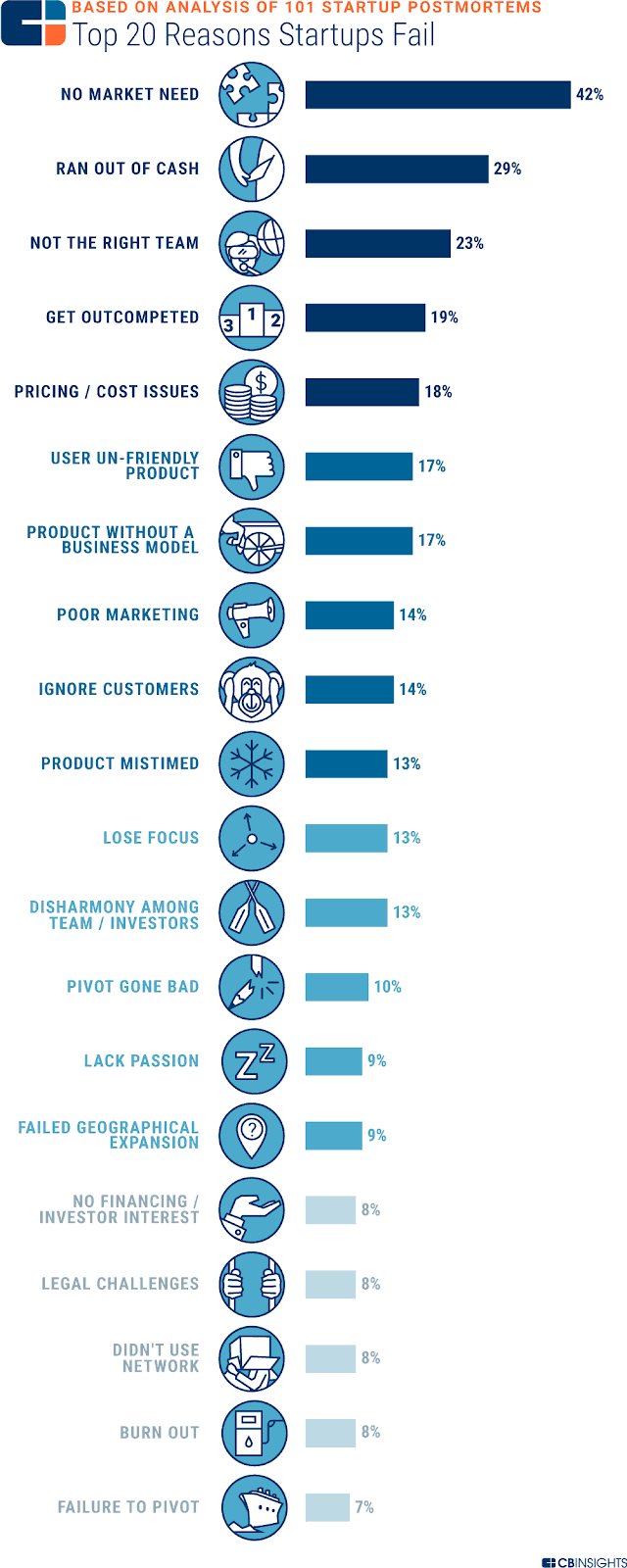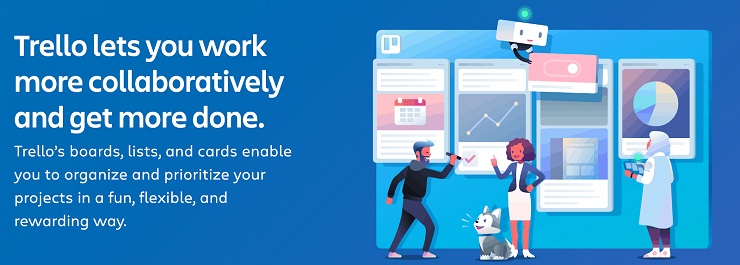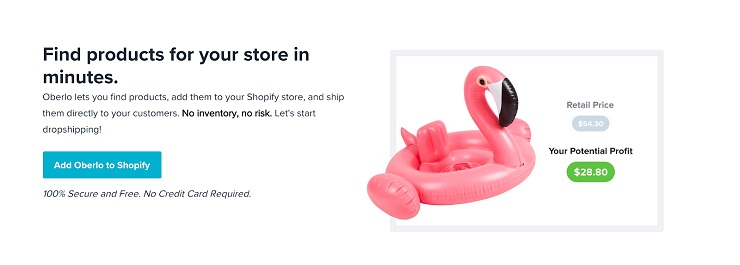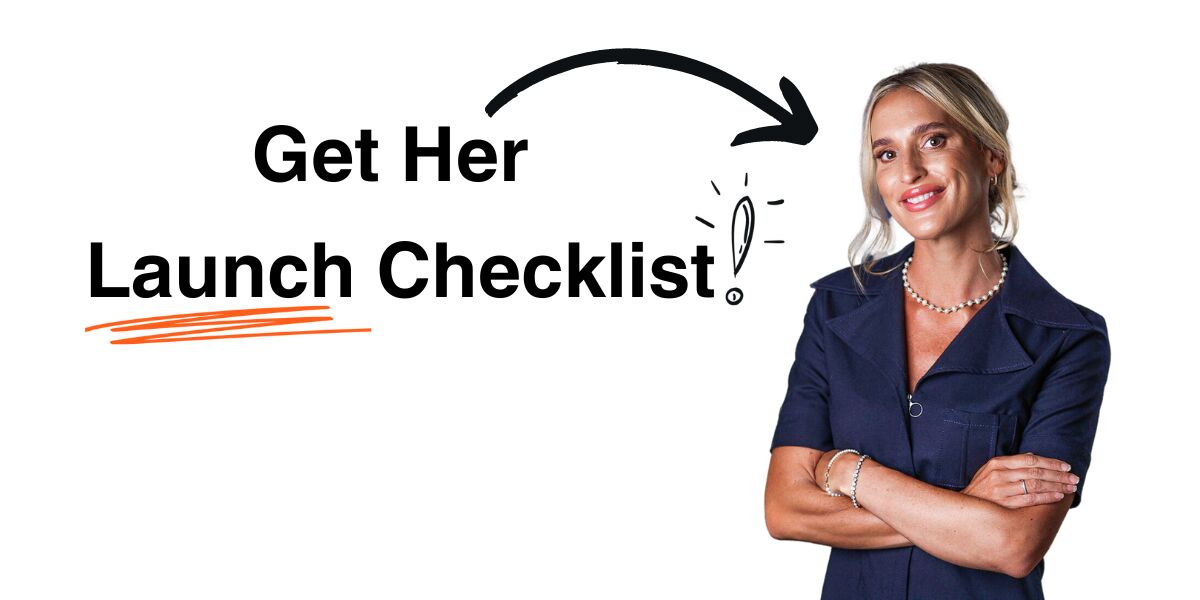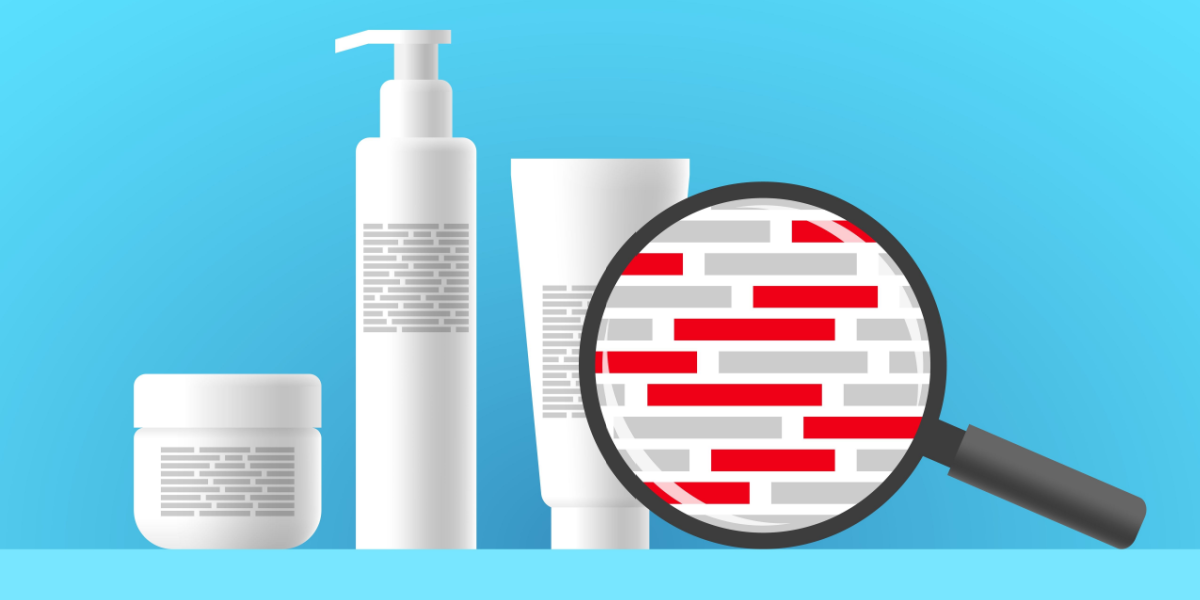If you have an entrepreneurial spirit, you no doubt have a growing list of business ideas you’ve never acted on. If you’re a designer or coder, you probably dream up solutions to problems all the time, but most of them will never get any traction. So what’s the key to finding a tech startup idea that will actually fly?
According to award-winning global design firm IDEO, the secret behind the world’s most successful tech companies is “design thinking,” a process of creative problem solving.
“In employing design thinking, you’re pulling together what’s desirable from a human point of view with what is technologically feasible and economically viable,” says the IDEO website. “It also allows those who aren’t trained as designers to use creative tools to address a vast range of challenges. The process starts with taking action and understanding the right questions. It’s about embracing simple mindset shifts and tackling problems from a new direction.”
Some of the most popular products on the planet are the results of the design thinking process, from the smartphone you’re holding to the internet browser you’re using to read this article. Each product is a solution to an unmet human need, and discovering unmet needs and designing solutions takes a combination of empathy, creativity, and experimentation.
FREE MASTERCLASS: How To Start a Tech Startup And Get Your First Customer In 60 Days
Design thinking isn’t just for product design, however. Today’s brightest innovators are applying design thinking (also known as human-centered design) to brand building, customer experience, service design, even government policymaking.
Here’s how to find a tech startup idea that could become the next big thing, using the same method as some of the tech startup world’s most brilliant minds.
The Inspiration Phase: Discovering the Problem Through Empathy
A great idea doesn’t start with a solution, it starts with a person who needs something.
In fact, according to a CB Insights survey, the number one reason startups fail is no market need, meaning the startup was trying to sell something that no one would actually use.
Empathizing with a need as a starting point will help failure-proof your business idea and place your customer at the center of your growth.
Talk With the People You Want to Design for
There’s no better way to get to the root of a problem than by talking with the folks who are affected by it—including yourself. Here are some ways to uncover unmet needs:
Consider what you personally care about
Are you passionate about the well-being of marine animals? Do you obsess over grammar? Are you a geek about organization or baseball or plant-based cooking? Take an inventory of the things that stir your emotions. After all, you’ll be spending hours thinking about and working on solving a problem, so you might as well care about it. A lot.
Inventory the communities you are connected to
If you have a passion, chances are there’s a community of people devoted to the same passion. Thanks to Facebook groups and Slack channels, you have plenty of opportunity to discuss the issues and challenges facing that community.
For example, if you’re passionate about early education, talk with teachers and childhood development experts to discover some of the biggest hurdles they have in helping kids to succeed. Those conversations can lead you to finding a need that isn’t being met.
Do field research with people directly impacted by unmet needs
Witnessing people experiencing a problem will give you insights that will unlock a treasure trove of creative ideas on how to solve it. Put on your anthropologist hat and observe people interacting with the environment in which the problem exists. How are they approaching it currently? What’s working? What isn’t? What are the limitations of their current solution?
The Insights Phase: Sharing Stories and Finding Patterns
After you’ve had an interview or spent a day in the field, it’s time for you and your team to grab some sticky notes and gather around the whiteboard.
- Document what you’ve learned – Write down on each sticky note who you met with, what you saw, and what you learned, and your impression of the experience.
- Share inspiring stories – Jot down memorable moments from your field work and take turns sharing the stories about them with your team. Have your team note compelling moments from your stories as they listen.
- Find the themes – After you’ve placed the sticky notes on the whiteboard, sort them into categories by common themes. Have any patterns emerged? Is there a compelling insight you heard again and again? A consistent problem the people you’re designing for face? What feels significant?
Defining the Problem and the Design Question:
Once you’ve seen patterns and themes emerge from your observations and stories, you can begin to articulate the problem you want to solve.
Create an insight statement
An insight statement describes the big problem you’ve observed causing an unmet need.
Let’s say you’ve spent a few weeks shadowing people with chronic illness going about their daily lives. You and your team have noticed that although many can be super productive in the morning, by the afternoon they have a hard time focusing and completing work and end up collapsing from exhaustion before they’ve done everything they set out to do.
Your insight statement could be:
“People with chronic illness struggle with sustaining enough energy to stay productive throughout the day.”
Frame a design question
Framing the problem as a question helps your team focus on discovering more than one possible solution and then test to see which is the most viable answer. A favorite method for framing a design question is to ask “How Might We_____?”
Using the above example, the design question could be:
“How might we help people with chronic illness to sustain enough energy so they can stay productive throughout the day?”
FREE MASTERCLASS: How To Start a Tech Startup And Get Your First Customer In 60 Days
The Ideation Phase: Beyond Brainstorming
At IDEO we have dedicated rooms for our brainstorming sessions, and the rules are literally written on the walls: Defer judgment. Encourage wild ideas. Stay focused on the topic. The most important of them, I would argue, is ‘Build on the ideas of others.’
― Tim Brown, Change by Design: How Design Thinking Transforms Organizations and Inspires Innovation
Now that you have an insightful question based on a real problem that real people are experiencing, you can start dreaming up some answers.
There are tons of creativity exercises you can use to help loosen up your noggin and let the ideas out. In fact, IDEO has a collection of ideation methods for you and your team to try out.
The main thing is to not hold any ideas back or hold on too tightly to one idea. Develop and explore all kinds of wacky solutions. In fact, the wilder the idea, the better.
Common Types of Tech Solutions
If you’re focusing on using technology to solve a problem, a quick way to discover an ingenious idea is to identify what type of solution you’ll be building. Here are some common ways technology is used to help people:
Automation
Design question: How might we help do more /spend less time so they can ?
At some point in the growth of a business or a household, you reach a point where you just can’t juggle all the little tedious stuff, but outsourcing or hiring someone to handle it is beyond your means. Enter automation!
Example of an Automation Tool:
Buffer, Social Media Management Software for Growing Brands
Social media scheduling app Buffer helps marketers spend less time posting to multiple social media accounts so they can get the most engagement.
How to find your automation idea:
Everyone has to deal with repetitive, time-consuming, manual tasks that are important but booooring. Tasks like sending follow-up emails, filling out paperwork, creating proposals, updating resumes, keeping track of social media mentions, booking travel plans, comparing insurance rates…basically, adulting.
What do you dread doing? Look for the moments of tedium in your life or the lives of your coworkers/family.
Organization/Collaboration
Design question: How might we help be more productive when they ?
One of the most time-consuming aspects of running any business is keeping workflows organized and keeping everyone involved on-task.
Spreadsheets are a go-to tool for most people in managerial roles, but they can be a pain-in-the-database to keep updated, especially if there’s more than one person working on a project. You end up making spreadsheets of spreadsheets! The more convoluted a workflow is and the harder it is to access information, the less productive it gets.
The opportunity:
Replace an overwhelming, spreadsheet-heavy workflow with an automated dashboard app.
Example of a spreadsheet replacement:
Trello
How to find your tech startup idea:
See what important/valuable work people are using spreadsheets for right now. Most use spreadsheets because they are free and familiar, not because they are the best possible solution.
Ease-of-Use
Design question: How might we make it easier for to ?
There are some tasks that you have to hire a trained professional to accomplish, or spend endless hours learning how to do it yourself. If you’re on a tight budget, short on time, or have no aptitude for such a skillset, you’re out of luck.
The opportunity:
Create a simplified, easy-to-use tool to help people accomplish difficult tasks with minimal training and little-to-no outside help.
Example of ease-of-use solution:
Canva
Canva simplifies graphic design by providing users with pre-made templates and drag-and-drop editing tools.
How to find your idea:
What are some tasks that you struggle to do or are spending way too much time learning how to do? Hint: if you’re looking up a YouTube video, thinking of asking a friend for free work, or signing up for a course on how to master something, there’s a need for a tech solution.
Accessibility
Design question: How might we bridge the gap between and without ?
Sometimes you want to do/have/experience something but factors outside of your control prevent you from accomplishing/obtaining it. These factors could be anything: geography, ability, expense, or supply. Meanwhile, there are providers who have what people need/desire but can’t get it to them.
The opportunity:
Use technology to bridge the gap between a product/service/experience and its target audience. This solution requires a service/product provider and an end user/buyer—your startup acts as the middle-man between both parties.
Example of gap-bridging solution:
Oberlo
The Oberlo app connects Shopify ecommerce merchants with overseas dropshipping suppliers like AliExpress.
The Implementation Phase: Bringing Your Ideas to Life
Once you identify a problem and come up with some possible solutions, you can experiment with a variety of ideas until you discover the winning combination.
Prototyping
A prototype is a preliminary version of your idea that you can experiment with by testing its viability in the market and its usability. Building a prototype can be as simple as sketching an idea or as complex as 3D printing a piece of hardware.
Testing
Experimentation is a constant in the design thinking method. Every time you develop a concept, you need to test it against the real world to see if it will work. You can test in a variety of ways, from getting feedback from the people you’re designing for, to running split tests to see which version of your software or website will get the best results.
Iterating
Once you get feedback from testing your concept, you have the opportunity to improve upon it. The iteration phase is when you come up with ideas for getting even better results for the people you’re designing for. You’re back at the beginning of the cycle again: seeking inspiration, discovering ideas and then implementing them.
FREE MASTERCLASS: How To Start a Tech Startup And Get Your First Customer In 60 Days
What’s Your Next Big Tech Startup Idea?
Discovering a business idea is a matter of understanding the people you seek to help, uncovering the unmet needs standing in their way, and coming up with creative solutions that get them closer to their goals. When you approach your business using design thinking, you’re ensuring that your startup is fueled by empathy, innovation, and a sense of responsibility to the most important person in your business: your customer.
What’s a problem you wish a tech startup would solve? Leave a comment, and you may just inspire the next big tech company…or discover inspiration for your own!
